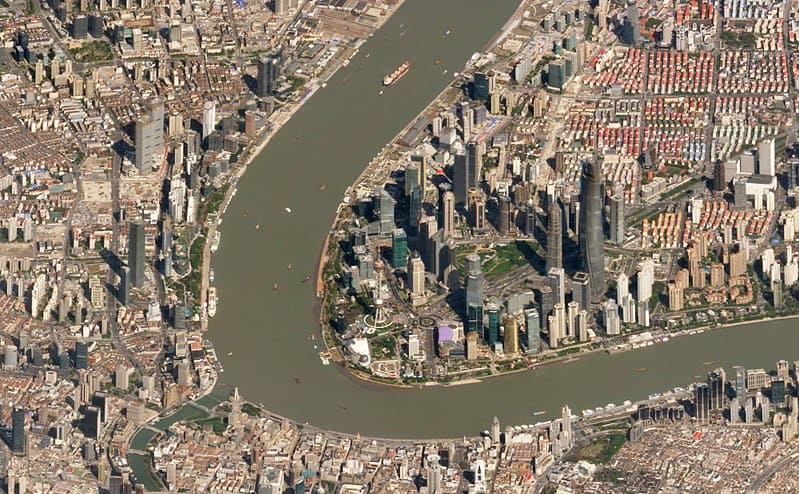China’s banking and insurance authority has introduced new regulations that target private lending, illicit forms of finance, as well as violent collection practices.
On 4 April the China Banking and Insurance Regulatory Commission (CBIRC) issued the “Notice Concerning Several Items in Relation to Standardisation of Private Lending Practices and Maintenance of the Economic and Financial Order” (关于规范民间借贷行为维护经济金融秩序有关事项的通知).
The Notice stipulates that no entity or individual is permitted to engage in lending activities without prior approval from government authorities, as well as outlines four categories of illicit financing that are slated for crackdown, including illicit fund-raising and lending, violent collection methods, the use of funds borrowed from financial institutions to make high-interest loans, and illegal lending to students.
According to the Notice any private loans must be made using the funds that are derived from the lawful revenue of lenders, with a strict prohibition on taking the funds of other parties for lending purposes.
The Notice focuses in particular upon illegal financial activity, including illegal fund-raising involving the use of deposits from the public to make private loans, as well as the the use of deliberate harm, detention, threats, bullying or abuse to expedite the payment of loans.
Other financial practices targeted include the illegal provision of loans to students, and the use of funds obtained from financial institutions for the ostensible purpose of providing services or selling goods to make high-interest loans to other parties.
The Notice also strictly bans members of the banking sector to engage in organised private lending.
Official data indicates that China saw 5052 cases of illicit fund-raising in 2017, involving a total sum of 179.55 billion yuan, for year-on-year declines of 2.8% and 28.5 respectively.
In the first quarter of 2018 there were a total of 1037 cases of illicit fund-raising, involving a sum of 26.9 billion yuan, for YoY declines of 16.5% and 42.3% respectively.



